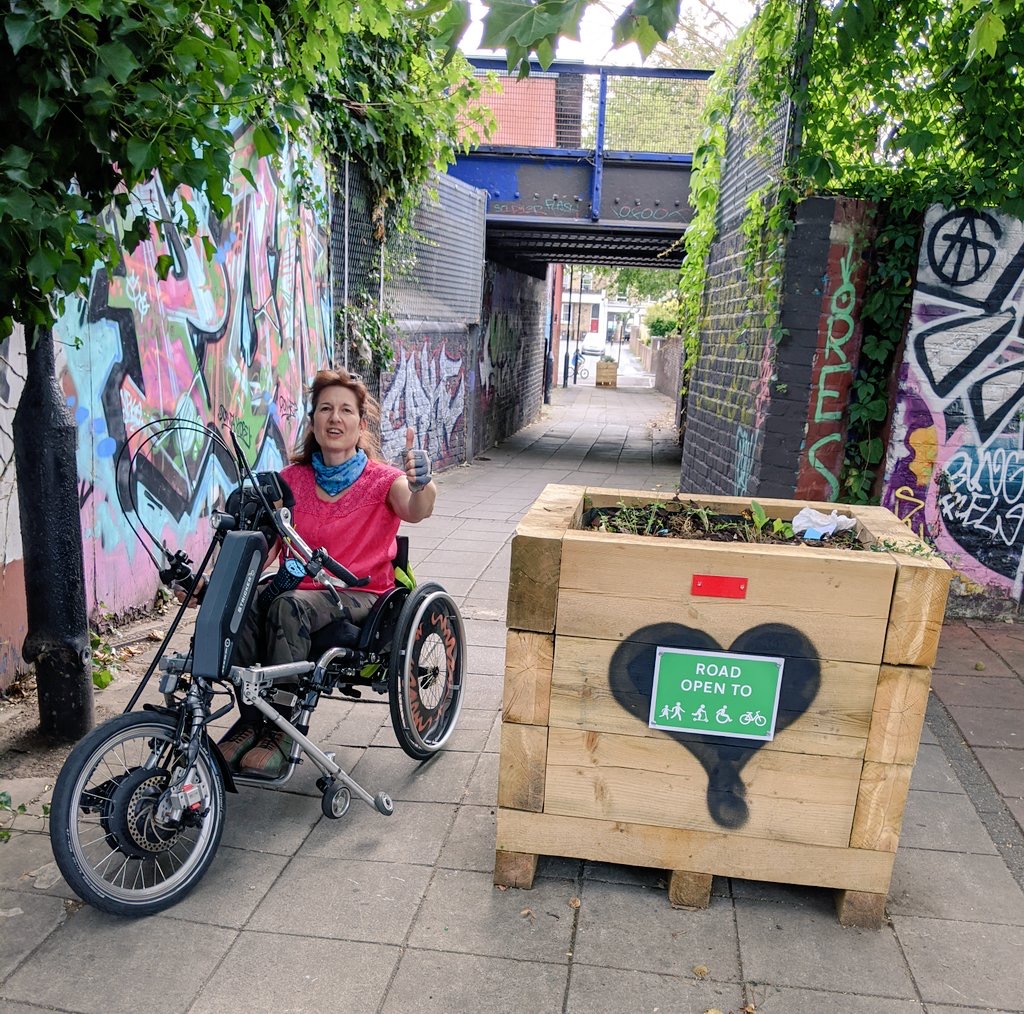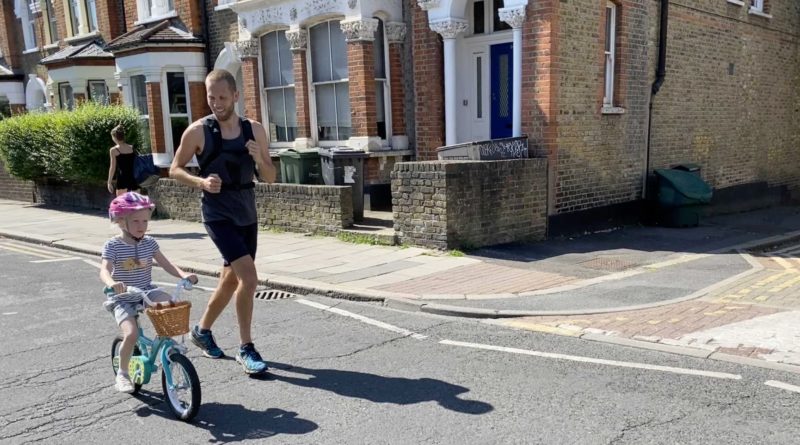Hurdles arise as Government releases £175 million for active travel
The UK Government will today issue the £175 million second tranche of Emergency Active Travel funding.
Coming days after 14 Conservative MPs called for the funding to be scrapped in a letter to Transport Minister Grant Shapps, the cash comes with caveats. Local authorities will be urged to publish detailed plans showing consultation with communities and businesses, submit evidence of further consultation prior to implementation and thereafter submit monitoring reports on schemes for between 6 and 12 months after their opening showing how each has been modified on ongoing community feedback.
Further to the MPs and motoring orgs rubbishing active travel efforts, Shapps himself signed off a letter to local authority transport leaders last week with “no one should be in doubt about our support for motorists.”
 The undertone of the press statement issued this morning was therefore unsurprisingly flat and within Shapps cast a shadow over the reduction of road space in favour of people. These infrastructure changes, he said, could “prevent pedestrians from crossing the road, cause congestion for buses and motor traffic, and impede access for kerbside businesses, yet were also relatively little used by pedestrians”.
The undertone of the press statement issued this morning was therefore unsurprisingly flat and within Shapps cast a shadow over the reduction of road space in favour of people. These infrastructure changes, he said, could “prevent pedestrians from crossing the road, cause congestion for buses and motor traffic, and impede access for kerbside businesses, yet were also relatively little used by pedestrians”.
While the submission of evidence of support for the schemes should not be too difficult, the process does seem to leave them once more exposed to a vocal minority that have argued and in some cases smashed through Low Traffic Neighbourhood schemes, often achieving their quick removal in the face of escalating tensions.
In the case of Reigate, local MP Crispin Blunt was able to force the removal of a cycle lane in just three days. The DfT’s release does little to bolster confidence that history will not repeat, overlooking non-evidence based removals and vandalism thus far.
Authorities will now only receive cash upon full compliance with the consultation and preparation guidelines set out by the Department for Transport. It is said that funding will not be handed out to schemes that do not adhere largely to new national design standards for infrastructure, so it will be the hope of many that these can form the basis of proposals and move forward with speed, rather than face further undue resistance.
Public support is acknowledged as strong for active travel provision. The release cites independent polling by Redfield & Winton in London that showed just 19% of people oppose Low Traffic Neighbourhoods, while 52% support them, and 25% are neutral. Surveys are also being conducted of residents in individual LTNs where roads have been closed. The first of these, in south London, found 56% wanted to keep the scheme, against 38% who wanted to remove it.
 Likewise, a separate survey by Kantar Media last month revealed 65% of people across England support reallocating road space to cycling and walking in their local area. Nearly eight out of ten people (78%) support measures to reduce road traffic in their neighbourhood.
Likewise, a separate survey by Kantar Media last month revealed 65% of people across England support reallocating road space to cycling and walking in their local area. Nearly eight out of ten people (78%) support measures to reduce road traffic in their neighbourhood.
Transport Secretary Grant Shapps said: “It has been great to see so many people build cycling and walking into their daily travel habits. To support them, we know it’s vital to have the right infrastructure in place so everyone – cyclists, pedestrians and motorists – can use our roads.
“Whether you’re walking, cycling, driving or using public transport, people must have the space they need to get around safely.”
When live and kicking, Active Travel England will play a crucial role in assessing active travel proposals and signing off schemes in good time.
Greater Manchester’s Cycling and Walking Commissioner, Chris Boardman, said: “Making it easier for people to get about on foot and by bike is the single best investment that councils can make because it doesn’t just address transport. Time and again evidence shows that communities that prioritise cycling and walking enjoy major benefits – cleaner air, less congestion, improved health, and even a bigger average monthly spend at local shops and restaurants. Most importantly, it makes our streets happier places to be.
“I wholeheartedly support the government’s continued funding of this crucial work. The emphasis on more consultation is welcome too, so that we can ensure the best solutions are put in the right locations. If we get this right, many of these pop-up routes and low-traffic neighbourhoods will become a permanent and valued part of people’s daily lives. The industrial revolution started in Great Britain, now we should lead the green revolution.”
The Department for Transport press statement signs off by reminding that “the Government is committed to ensuring all journeys are safe and reliable, including for motorists. As part of this it is moving ahead with significant plans for road upgrades across the country. £27.4 billion is being invested over the next five years through Highways England’s roads plan to ensure the road network is fit for the future and safe, reliable and efficient for drivers and businesses.”
For context, the spend on roads is 13.7 times higher than the £2 billion pledged to cycling and walking over the five year Government term. This despite the cost to benefit ratios of cycling and walking shown in the DfT’s own analysis to be a £13 return for every pound spent, rather than a deficit to health, congestion, pollution and the climate.
In a study titled The Social Cost of Automobility, Cycling and Walking in the European Union it was concluded that each kilometer driven has an external cost of €0.11. Meanwhile, cycling and walking represent benefits to the economy of €0.18 and €0.37 per kilometer in savings to health services, as well as other social and climate perks.
Separately today the Cycling and Walking Alliance has issued this dossier of evidence for those planning for greater levels of active travel, which should go a long way to helping local authorities ensure infrastructure becomes more permanent. To read the reaction of the Alliance, flip to further reading here.



